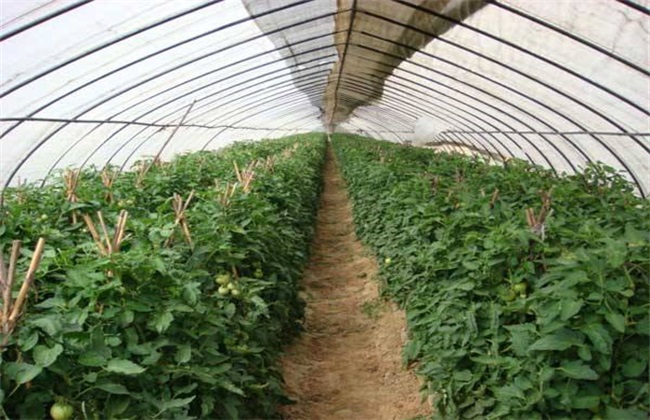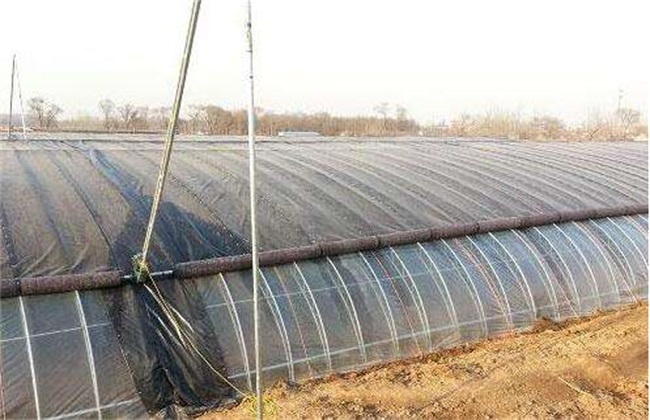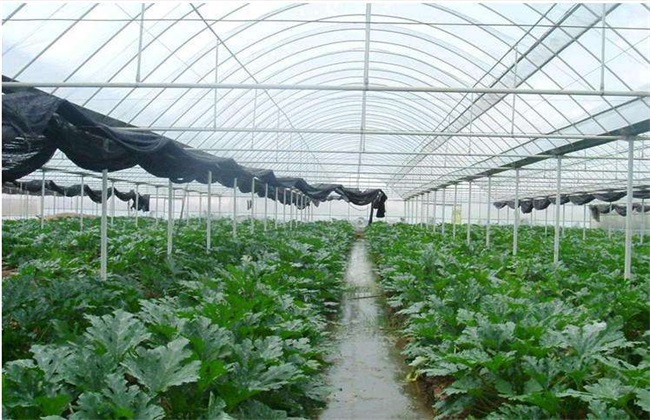How to ventilate the greenhouse in winter
Greenhouse planting is a main planting mode, which can effectively adjust the temperature and humidity of planting. Greenhouse planting can be used for out-of-season cultivation, and its economic benefit is very good. And when we are planting in the greenhouse, ventilation is very important. Especially in winter, how to ventilate the greenhouse in winter? The following editor will give you a brief introduction, let's have a look!

1. Set up buffer film
First of all, we should set up a buffer film in the ventilated place, which can prevent weeds and dust from entering the greenhouse and falling into the plant leaves. It affects the photosynthesis of crops, but the most important role is to prevent the cold air from blowing directly to the crops during ventilation. It leads to sharp changes in temperature and humidity on the surface of vegetables and the appearance of dry edge textured skin and other phenomena. Buffer film can protect the growth of vegetables. After the buffer film is installed, the external air conditioner will be pushed to the back wall by the buffer film after entering the greenhouse, which can extend the distance between the air conditioner and the vegetables. So as to provide time for convection between the air conditioner and the hot air in the greenhouse and prevent all kinds of bad phenomena in vegetables.
2. Ventilation after watering
After watering in the greenhouse, the ground temperature will obviously begin to drop, if it is ventilated after watering. Then the temperature in the greenhouse will remain low for a long time. If vegetables are exposed to low temperature for a long time, the damage to the roots is very great, thus affecting the waste water absorption capacity of the roots. However, it is necessary not to water after watering, if the vent is always closed. If the humidity in the shed is too high and the temperature drops at night, a lot of dew will be produced, which will lead to pathogen infection. It will also reduce the content of carbon dioxide and affect the photosynthesis of crops, which is very disadvantageous to the growth of vegetables.
3. Reasonable ventilation
When the shed was first opened, the temperature in the shed was about the same as that of the plant. As a result, dewdrops are not produced on vegetable plants, but as the plant temperature rises in the greenhouse. The temperature rising rate of the plant is slower than that of the greenhouse, resulting in a big difference in temperature. It will cause dew drop in vegetables if it is ventilated at this time. The entry of the cold wind will dry the dew, causing the dry leaves to be chapped. When the temperature in the shed is too high, ventilation should be done step by step, and the tuyere should not be opened all at once. If the temperature changes greatly, it is very disadvantageous to the growth of vegetables.
4. Ventilation on cloudy days
In greenhouse planting, cloudy weather is the last thing growers want to see. If it is not managed properly, it will have a great impact on the growth of vegetables. Especially for melons and legumes, some growers want to keep the temperature in the greenhouse. It will choose not to be ventilated on cloudy days, which is very disadvantageous to the growth of vegetables. When we are in a cloudy day, if the temperature in the shed is suitable, we must open the vents for ventilation. But we should pay attention to the ventilation time, not too early to prevent the temperature in the greenhouse from being too low.
The above is a brief introduction to how the greenhouse is ventilated in winter. That's all for today's introduction. This article is for reference only. I hope it can help you all.
Related
- Where is it suitable to grow horseradish in China? it is expected to see the middle altitude horseradish in Alishan.
- How to prevent tomato virus disease reasonably? (Control methods included)
- Many people like to plant towel gourd on the balcony. What are the main points of this method and management?
- What crops can chili peppers be mixed with?
- Fertilization techniques and matters needing attention in Tomato
- What are the grafting techniques for peach seedlings in spring?
- Harm and control methods of root swelling disease of Chinese cabbage
- What are the pests of sweet potatoes? How to prevent and cure it?
- Symptoms, causes and Control methods of navel Rot in Tomato
- The cause of "Cucumber rotten bibcock" in Farmers' planting Cucumber and its Control Plan



